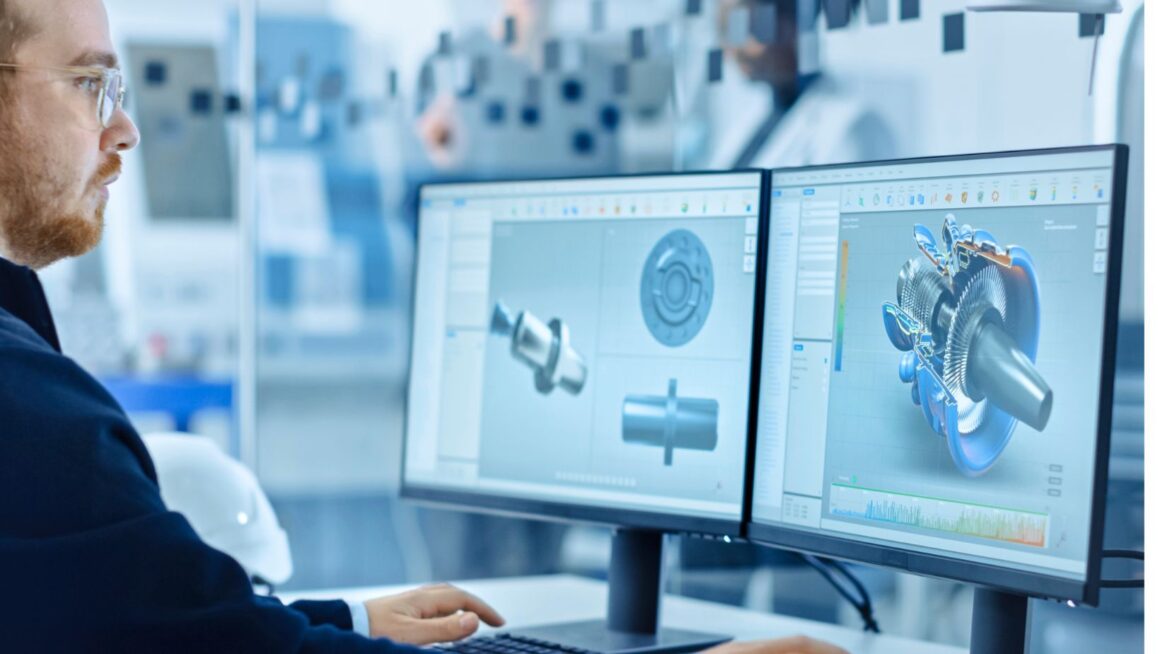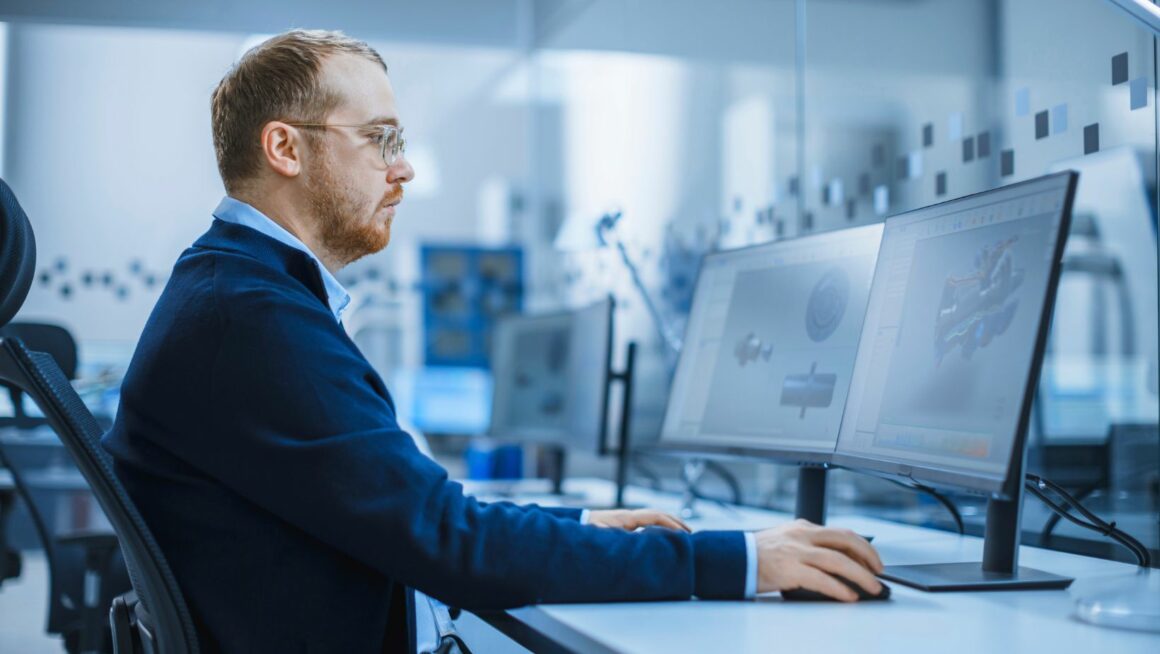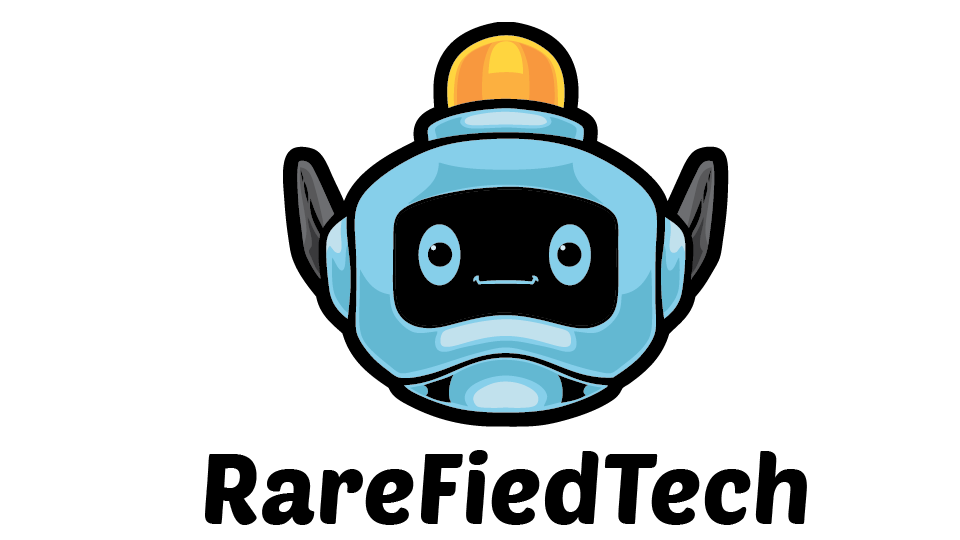Digital twins are a cutting-edge tool in manufacturing, healthcare, and software design. It is a virtual copy of something real and behaves just like the real thing. It can be used to test and improve how things work.
In software, this tech is making development faster, safer, and smarter. Let’s dive into how digital twins transform core designs, even in places like your favorite online casino!
What Are Digital Twins?
A digital twin is a detailed virtual model that mirrors the real world and acts like a dynamic simulation, reflecting how something works in real-time. For example, a car’s twin could simulate how it drives in rain or heavy traffic, letting engineers test features without needing a physical model.
In software, a digital twin represents how the program will behave once it’s built, so manufacturers use it to run tests and make changes in a safe, virtual environment.
How Digital Twins Improve Software Design
Using digital twins makes software development faster, cheaper, and more reliable. Here’s how:
1. Quicker Prototyping
Creating software prototypes the traditional way takes time and effort, so creating a digital twin allows virtual versions fast, for instance, to test how characters and environments interact before finalizing. This speeds up the process and reduces the need for last-minute design fixes.
2. Better Testing and Debugging
Testing software is crucial, but it’s often hard to simulate every scenario. Running simulations for all kinds of situations, including extreme or rare cases with this new method is now a possibility.
For instance, a digital twin of a smart thermostat can test how it reacts to things like power outages or extreme heat to fix bugs and improve performance before users ever touch the product.
3. Easier Collaboration
Software design often involves multiple teams working together, and virtual twins act as a shared model that everyone can access, helping teams understand the project better and stay on the same page. This is the best way to avoid misunderstandings.
4. Real-Time Improvements
Digital twins don’t stop being useful once the product is launched, as they can keep collecting data from the real world and highlight what updates to make based on how the software is used.
For example, if a company has an app running in the cloud, a virtual twin can monitor its use and suggest ways to improve speed or fix bottlenecks.
Real-World Examples
Digital twins are already making an impact in various fields:
- Healthcare: Used to test software for medical devices, like heart monitors. This ensures safety and accuracy before doctors and patients encounter the devices.
- Self-Driving Cars: Companies can test how their driving software reacts to real-world situations, like traffic or pedestrians. This cuts down on risky human testing.

- Smart Cities: City planners rely on it to develop software for managing things like traffic lights or water systems. This helps them create efficient, sustainable solutions.
Challenges
While this tech offers many benefits, it’s not without challenges, as creating an accurate replica requires a lot of good data and powerful computers. If the data is outdated or incomplete, the twin won’t work properly.

Smaller companies or teams might also find it hard to afford or keep it running, but with more advancements, these challenges are becoming easier to handle.
The Future of Software Design
Tools like artificial intelligence (AI) and the Internet of Things (IoT) are making this process even more powerful, so now digital twins can analyze data and make predictions better than ever before.
In the future, they will likely play a role in designing everything from apps to entire smart cities, building even more advanced systems while reducing risks and costs. Digital twins are no longer just an idea. They’re changing how software is designed, tested, and improved.
Software engineering is now faster, tested more thoroughly, and improved based on real-world feedback. As the field grows, the method could become a standard tool, allowing programmers to turn their ideas into reliable, innovative products that work better.




